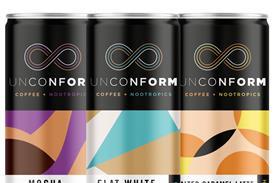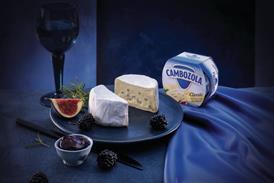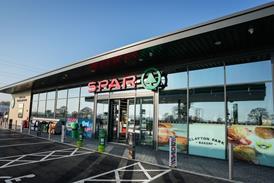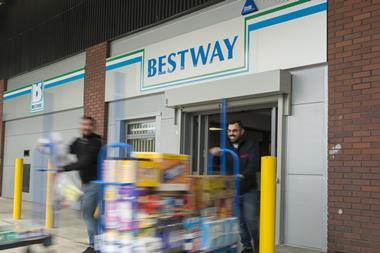

Symbol and independent retailers which are already operating in a challenging landscape, can counter the double threat of April’s business cost changes and supermarket encroachment into convenience through strategic diversification.
Using Easter as a case study example of the changes needed for survival in this competitive market, while consumers traditionally flock to supermarkets for discounted Easter eggs, there’s a significant opportunity for symbol and independent retailers to capture market share by adjusting their approach.
Circana data shows that over the past year, symbol and independent retailers have seen a notable decline in the chocolate category, previously a staple of convenience stores, - down -0.8 percentage points over the past 12 months. This performance deteriorates further over Easter when chocolate spend shifts to seasonal products, such as Easter Eggs, where independents both under-trade (6.7% share versus 14.6% share overall) and under-perform, losing -1.1 percentage points versus last year in seasonal chocolate.
The gap is substantial – symbol and independent retailers experienced a 2.3% drop in value share compared to last year’s Easter period, with seasonal chocolate sales at 40.3% compared to the market average of 63.7%.
Symbol and independent retailers typically see reduced sales of standard confectionery during Easter as consumer preferences shift, but this represents an opportunity rather than just a challenge. By working with wholesalers to enhance their seasonal range, symbol and independent retailers can mitigate these losses and potentially grow their overall share.
Despite space constraints, I believe symbol and independent retailers can leverage their agility to surprise shoppers with competitive deals on seasonal items. This will require examining underperforming categories and identifying opportunities to expand range where it matters most.
With market pressures mounting, symbol and independent retailers must evaluate their category performance, identify seasonal opportunities, and implement strategic range extensions to recover lost ground. For the retailers looking to weather market challenges, the message is clear: conventional approaches won’t suffice to recover these losses. By treating seasonal and gifting as strategic opportunities – starting with Easter but extending to other categories year-round – independents can develop a more resilient business model capable of competing in today’s rapidly evolving retail landscape.











![WG-4003[58]](https://d2dyh47stel7w4.cloudfront.net/Pictures/274x183/4/5/1/353451_wg400358_6083.jpg)















